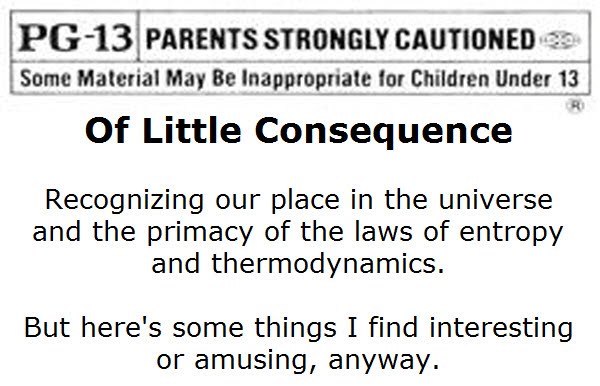This sequence of three photos were taken approximate one-millionths of a second apart,during in a nuclear test in Nevada in the 1950's.
In 1947 a firm called EG&G (Edgerton, Germeshausen and Greer) was founded by three MIT professors/affiliates to market their expertise and inventions (Harold Edgerton had in fact, invented the photograpic strobe light, although it's unsure is we ever went to discos.)
They did invent also the 'Rapatronic' camera, capable of taking the equivalent of one million frames per second,
and the means for synchronizing devices miles apart, down to the millionths of a second.
This sequence of three shots were taken by a ' telephoto' version of the Rapatronix, with a 160-inch (4064mm)
focal length Cassegrain lens, looking directly into the shot tower at the device at 'zero time'.
The rectangular object seem is the actual weapon casing.
The 'light' seen around the weapon casing is called "Teller light' after the physicist Dr. Edward Teller.
When a nuclear device explodes, the first products of the reaction are X-rays, which penetrate the bomb casing without destroying it. When outside the bomb casing, the X-rays encounter normal temperature air, which is opaqueto X-rays. So the X-rays are abssorbed by and excite the air molecules to a higher energy state for a very brief period, after which they 'fall back' into a lower energy state and emit that excess energy largely as photons of light.
This is what is actually being photographed here: the bomb casing itself has not been destroyed since the 'physical' parts of the explosion/reaction travel far slower than light speed, but the X-rays race ahead, and the excitation of the air molecules and re-emission of light photons is the 'Teller light' being photographed.
Subscribe to:
Post Comments (Atom)



content is good you have nice blogSVI Carbon Pvt Ltd provides Graphite Heat Exchangers, Graphite Scrubbers / Columns, Graphite Rupture Discs / Bursting Discs, Graphite Thermowells, Graphite Customized Products
ReplyDelete